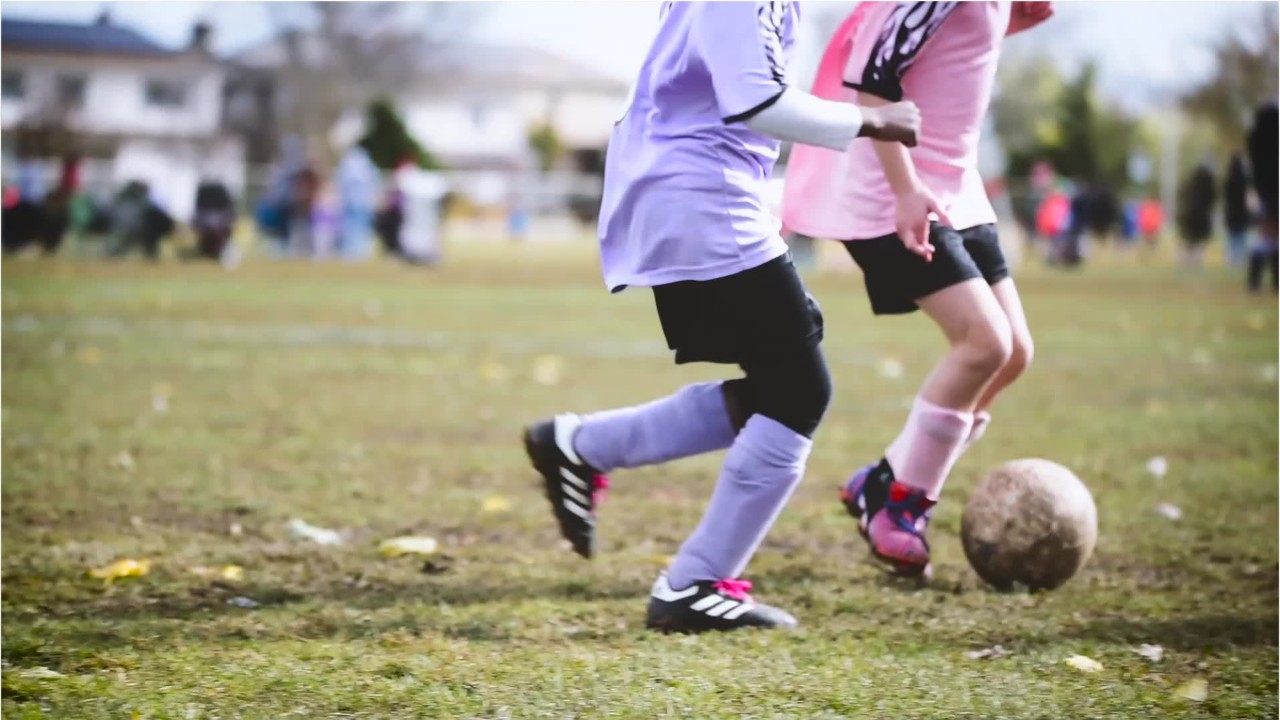More than 80 percent of kids around the world are not physically active enough, research finds

More than 80 percent of global youth not active enough, research finds
More than 80 percent of the world's youth are not physically active enough, according to research with the latest findings from 2016.
LOS ANGELES - More than 80 percent of the world’s youth are not active enough and the startling statistic may hinder a goal to reduce insufficient physical activity set by the World Health Organization.
The findings were published in The Lancet Child & Adolescent Health on Thursday. Researchers used data gathered from 298 school surveys done in 146 countries as well as national trend information from 2001 to 2016. About 1.6 million students between the ages of 11 and 17 participated in the surveys.
“The majority of adolescents do not meet current physical activity guidelines,” the study stated. “Urgent scaling up of implementation of known effective policies and programs is needed to increase activity in adolescents.”
The World Health Organization set a global goal of reducing insufficient physical activity in children and adults by at least 15 percent by 2030.
But the team said the most recent numbers are alarming and even found significant gaps in activity in girls and boys.
Globally, about 78 percent of boys and 85 percent of girls are not active enough. The region with the highest level of poor activity among children was a high-income portion of Asia Pacific where 89 percent of boys and 95 percent of girls were affected.
The regions with the lowest prevalence of poor activity were high-income western countries for boys where 72 percent were affected and south Asia with 78 percent of girls affected.
But 90 percent of girls were insufficiently active compared to boys in 27 countries and only two countries showed a similar percentage for boys.
While insufficient physical activity decreased from 80 percent in 2001 to 78 percent in 2016 for boys, there was no change for girls, according to the research.
It is recommended that children should do at least an hour of moderate to vigorous activity every day, according to the WHO. Physical activity has been found to promote healthy bones, muscles and joints, stronger cardiovascular systems, better coordination and motor skills and to maintain a healthy weight.

